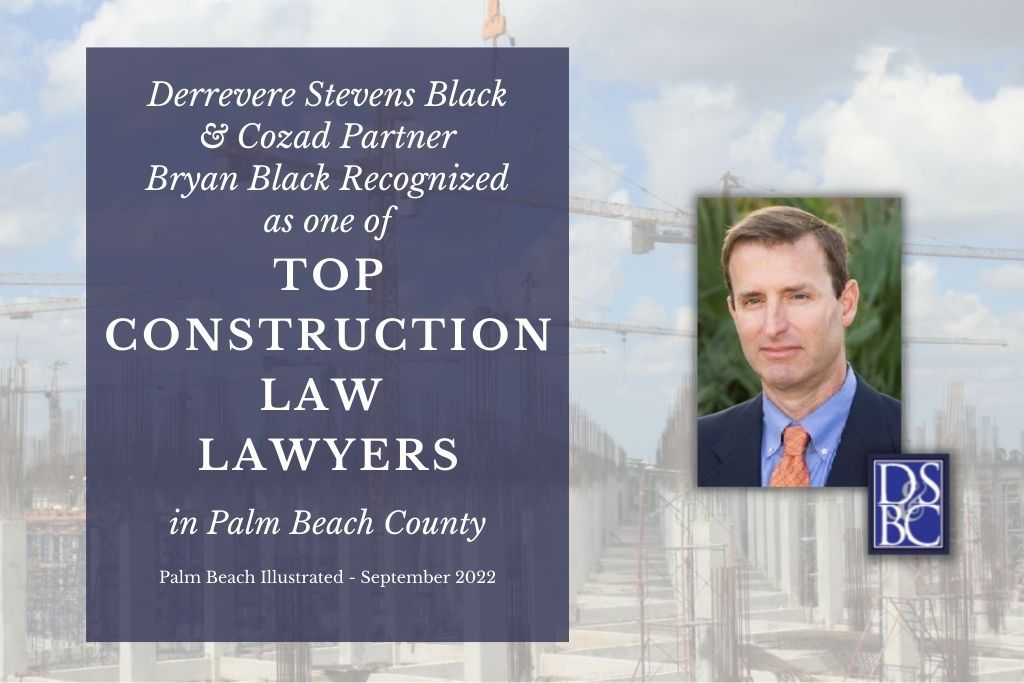When it Comes to Indemnification in Construction Contracts, the Sky is NOT the Limit

Requiring another to pay for one’s own negligence is typically disfavored, as a matter of public policy.1 Assigning away liability for one’s own partial negligence requires a valid and enforceable contract.2 In fact, absent a contractual indemnification provision, a party cannot, as a matter of law, seek indemnification for its own negligence.3 When there is not a valid contract between two parties that provides for indemnification, a party may attempt to bring a claim for common law indemnity.4 However, to succeed on a common law indemnity claim, the party seeking indemnification must first satisfy a two-prong test: (1) it must be wholly without fault, and (2) the party against whom indemnification is sought must be at fault.5 When evaluating a common law indemnity claim, courts will not weigh the relative fault of joint tortfeasors.6 Rather, “[i]f both parties are at fault, no matter how slight the fault of the party seeking indemnity, recovery from common law indemnity is precluded.”7
Succeeding on a common law indemnity claim can prove to be difficult, if not impossible, for a general contractor seeking indemnification from a subcontractor. This is especially true when it comes to claims involving breach of a general contractor’s nondelegable duties.8 To avoid this common law consequence, construction contracts will typically include a contractual indemnity provision. However, attempting to contract away liability for one’s own wrongful acts is disfavored in Florida, leading courts to heavily scrutinize contractual indemnity provisions.9 The Florida Legislature has also placed stringent requirements for contractual indemnity provisions contained in construction contracts.10 If an indemnity provision in a construction contract fails to comply with the requirements of Florida Statute §725.06, it will be deemed void and unenforceable.11
Florida Statute §725.06 applies specifically to contracts pertaining to any “construction, alteration, repair, or demolition of a building, structure, appurtenance, or appliance, including moving and excavating associated therewith…” between any combination of the following individuals/entities:
- Owners of Real Property
- Architects
- Engineers
- General Contractors
- Subcontractors
- Sub-Subcontractors
- Materialmen
In order to be valid and enforceable pursuant to Section 725.06, a contractual indemnity provision in a construction contract must: (1) contain “a monetary limitation on the extent of the indemnification that bears a reasonable commercial relationship to the contract12,” and (2) be a “part of the project specifications or bid documents, if any.”13 Notably the monetary limitation on indemnification requirements of Section 725.06 apply to claims for both injury to persons and for injury to property arising from the contract or its performance.14 This statute could be applied in both construction site personal injury cases, as well as construction defect claims.15 Further, consistent with the public policy disfavoring indemnification for one’s own wrongdoing, Section 725.06 specifically provides that contractual indemnity provisions which provide indemnification for damages resulting from “gross negligence, or willful, wanton, or intentional misconduct” are invalid and unenforceable regardless of the monetary limitation.16
The failure to simply include a monetary limitation on an indemnity obligation within a construction contract will subject a contractor’s claim for contractual indemnity to an adverse ruling on a motion for summary judgment or directed verdict.17 When drafting a construction contract or evaluating the merits of a tender for contractual indemnity, one should pay close attention to the requirements of Section 725.06. A contractual indemnity provision that falls short of the requirements of Section 725.06 could prove to not be worth the paper it is printed on.
1Charles Poe Masonry, Inc. v. Spring Lock Scaffolding Rental Equip. Co., 374 So. 487 (Fla. 1979).
2See id.
3See National Beverage Corp. v. Costco Wholesale Corp., 736 So.2d 142, 144 (Fla. 3d DCA 1999).
4There must be some “special relationship” between the parties which entitles Party A to seek indemnification from Party B. “The term ‘special relationship’ merely describes a relationship which makes a faultless party ‘only vicariously, constructively, derivatively, or technically liable for the wrongful acts’ of the party at fault.” Diplomat Props. Ltd. P’ship v. Tecnoglass, LLC, 114 So.3d 357, 362 (Fla. 4th DCA 2013) [internal citations omitted].
5See Houdaille Indus., Inc. v. Edwards, 374 So.2d 490, 492-93 (Fla. 1979) (holding that “there can be no indemnity between joint tortfeasor” and that indemnity is “allowable only where the [w]hole fault is in the one against whom indemnity is sought.”); see also Dade County School Board v. Radio Station, 731 So.2d 638, 641 (Fla. 1999); National Beverage Corp. v. Costco Wholesale Corp., 736 So.2d 142, 144 (Fla. 3d DCA 1999) (holding “a party seeking common law indemnification must be without fault, and its liability must be vicarious and solely for the wrong of another.”)
6Diplomat Props. Ltd. P’ship v. Tecnoglass, LLC, 114 So.3d 357, 360 (Fla. 4th DCA 2013).
7Id.
8Mills v. Kraus, 114 So.2d 817 (Fla. 2d DCA 1959); see also Mastrandrea v. J. Mann, Inc., 128 So.2d 146 (Fla. 3d DCA 1961).
9Charles Poe Masonry, Inc. v. Spring Lock Scaffolding Rental Equip. Co., 374 So. 487 (Fla. 1979).
10Fla. Stat. §725.06
11See Fla. Stat. §725.06; see also Griswold Ready Mix Concrete, Inc. v. Reddick, 134 So.2d 985 (Fla. 1st DCA 2012).
12The statute requires, however, that if the construction contract provides for indemnification to an owner of real property from a party to whom with they are in contractual privity that the monetary limitation on the extent of the indemnification not be less than $1 million per occurrence, unless otherwise specifically agreed to by the parties.
13Fla. Stat. §725.06
14See id.
15See id.
16See id.
17See Griswold Ready Mix Concrete, Inc. v. Reddick, 134 So.2d 985 (Fla. 1st DCA 2012).

